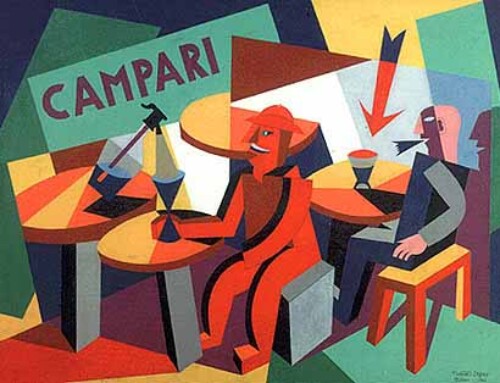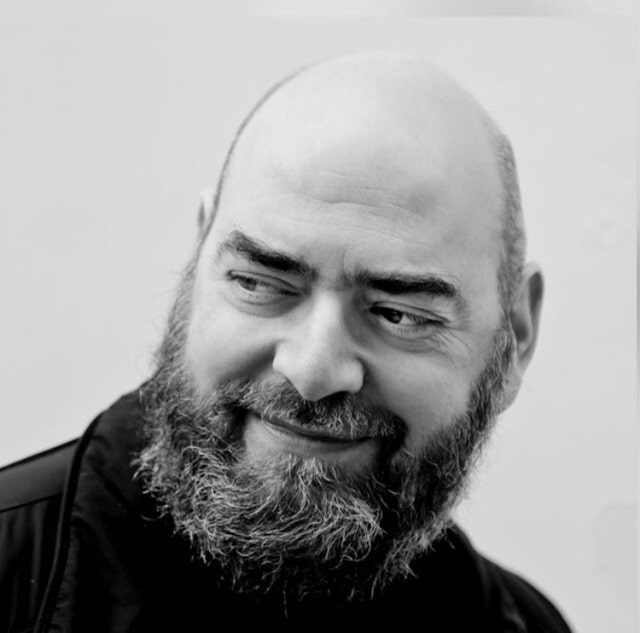The Inverted Company.
Medical clinics, hospital, theraupetic care-giving units, consulting companies, engineering firms provide examples of this situation.
The ideas on the concept of an inverted organization is having the point of novelty creation at the node contacting customers, not at the center. Tipically because the node is where the service is uniquely adapted and delivered to a customer. The nodes tend to be professional and self-sufficient. The loci of intellect and novelty creation are the same points. When know-how diffuses, it usually does so informally from node to node, or formally from node to center. Exactly the opposite of the other organizations. The leverage of an inverted organization is distributive. The role of the rest of structure is to provide logistics or specially requested support to the nodes and to relieve them of administrative detail. The center can also serve as a repository accessing new information from the outside and facilitating the acquisition of know-how from a limited number of other nodes through special links, such as seminars, webinars or similar techniques.
In inverted organizations the line hierarchy becomes a support structure instead of an order-giving structure. For example, the hospital Ceo does not give orders to doctors. Hierarchy continues to exist because the Ceo cannot work for each individual contact person at the same time. The function of line managers becomes bottleneck breaking, culture development, communication of values, developing special studies and consulting upon request, resource movements and providing service economies of scale. So the node can influence marketing activities and it is responsible of these at the same time but normally does not decide them. A good market positioning and a real coherence between brand reputation and company values can be missed.
The inverted organization works well when servicing the customer at the point of contact is the most important activity in the enterprise, and the person at the point of contact has more information about individual customer’s problem and its potential solutions that anyone else. Quite often this form is restricted to only certain units in direct contact with customers; however, in some intellectual companies, as law or consulting firms, medical clinics or colleges, the inverted organization may pervade all departments. It presents management with both people and systems. The loss of formal authority can be very traumatic for line managers. Furthermore this organization depends on continual professional training for contact people, great attention to personnel selection and reinforcement of organizational values. Given acknowledged formal power, point people may tend to act ever more like specialists and resist any set of rules or norms. It is difficult for contact people to stay current with the firm’s internal systems. Empowerment of contact personnel without control can be dangerous. At the same time powerful information systems and a lot of operating norms are required to support inverted organizations.
Sources: H. Mintzberg, J.B. Quinn, The Strategy Process. H.I. Ansoff. J.K. Galbraith, Organization design. Reading.
GLI ULTIMI ARTICOLI






